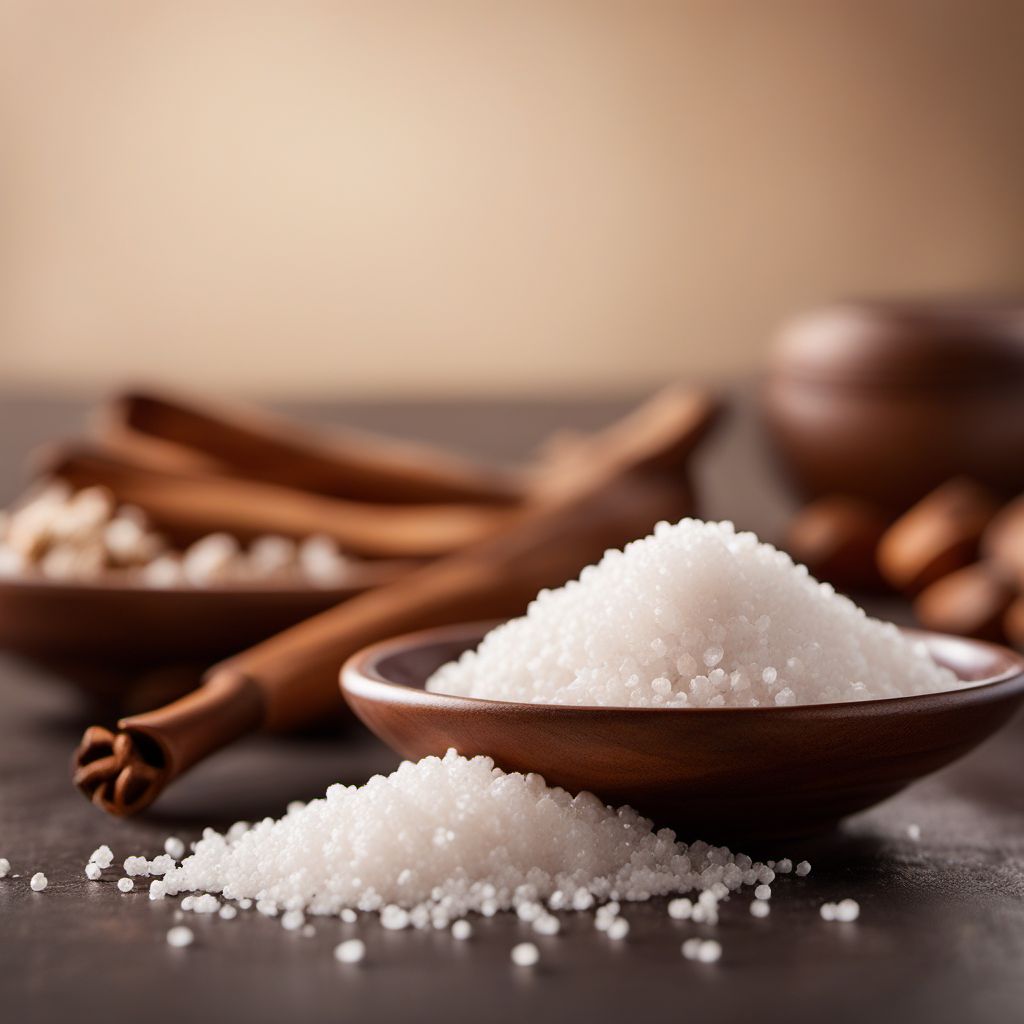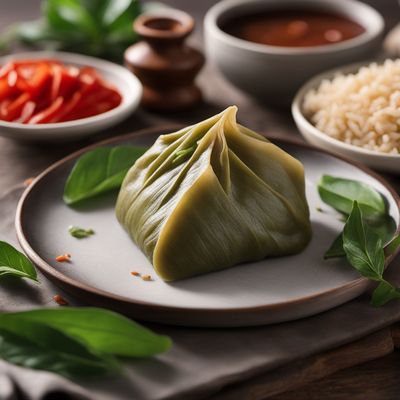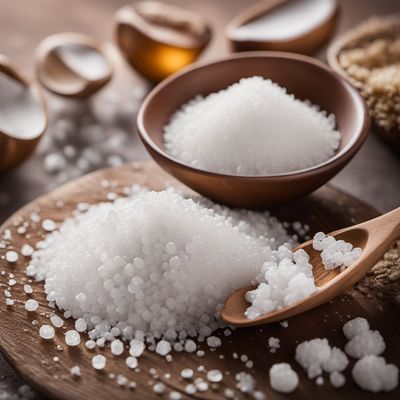
Ingredient
Salt, flavoured
The Art of Flavored Salt
Flavored salt is regular salt that has been infused or mixed with various herbs, spices, or other ingredients to create a distinctive taste. The flavors can range from simple combinations like garlic or chili to more complex blends like truffle or smoked salt. The texture and appearance of flavored salt are similar to regular salt, but it offers an added layer of flavor that can enhance a wide variety of dishes.
Origins and history
The concept of flavored salt can be traced back to ancient times when people used herbs and spices to preserve and enhance the taste of food. In different cultures, flavored salts have been used for medicinal purposes, as well as for culinary purposes. Today, flavored salt has become a popular ingredient in gourmet cooking and is widely used by chefs and home cooks alike to add depth and complexity to their dishes.
Nutritional information
Flavored salt is primarily used for its taste-enhancing properties rather than its nutritional value. However, it is important to note that the base salt used in flavored salt can contribute to sodium intake, so it should be used in moderation, especially for individuals with high blood pressure or other health conditions that require a low-sodium diet.
Allergens
The allergens associated with flavored salt will depend on the specific ingredients used in the flavoring. Common allergens to watch out for include garlic, onion, and certain spices. It is important to read the ingredient list carefully and check for any potential allergens before using flavored salt, especially if you have known allergies or sensitivities.
How to select
When selecting flavored salt, consider the specific flavor profile you desire and choose a reputable brand or artisanal producer. Look for high-quality ingredients and avoid flavored salts that contain artificial additives or excessive amounts of sodium. It is also helpful to read reviews or seek recommendations from trusted sources to ensure you are getting a flavorful and well-balanced product.
Storage recommendations
Flavored salt should be stored in airtight containers to prevent moisture absorption and preserve the flavors. Keep it in a cool, dry place away from direct sunlight. Proper storage will help maintain the freshness and quality of the flavored salt for an extended period.
How to produce
Producing flavored salt at home can be a fun and creative process. Start with a high-quality base salt, such as sea salt or kosher salt, and experiment with different flavor combinations. You can infuse the salt with dried herbs, spices, citrus zest, or even edible flowers. The key is to let the flavors meld together over time, so be patient and allow the salt to sit for a few days or weeks before using it.
Preparation tips
Flavored salt can be used in a variety of ways to enhance the taste of dishes. Sprinkle it on roasted vegetables, grilled meats, or even popcorn for an extra burst of flavor. It can also be used as a finishing touch on salads, soups, or pasta dishes. Experiment with different flavors to find your favorites and let your creativity shine in the kitchen.
Culinary uses
Flavored salt is a versatile ingredient that can be used in a wide range of cuisines and dishes. It is commonly used in gourmet cooking, fine dining establishments, and culinary competitions. Flavored salt can elevate the taste of simple dishes and add a touch of sophistication to any meal. It is particularly popular in modern cuisine, where chefs strive to create unique and memorable flavor combinations.
Availability
Flavored salt is available in specialty food stores, gourmet shops, and online retailers. The availability of specific flavors may vary depending on the region or country. Some flavors may be more commonly found in certain culinary traditions or cuisines.
More ingredients from this category
Recipes using Salt, flavoured » Browse all

Awadhi Spiced Lamb Curry
Royal Awadhi Lamb Delight

Italian-American Style Stuffed Rice Dumplings
Savory Rice Parcels: A Fusion of Italian-American and Chinese Flavors

Salata Varaždin
Sunshine Salad: A Burst of Croatian Flavors

Tawa-tawa Pancit: A Flavorful Twist on a Filipino Classic
Sizzling Tawa-tawa Pancit: A Burst of Flavors from the Philippines

Pork and Beans Lyonnaise
Savory Pork and Beans Lyonnaise: A French Twist on a Classic American Dish

Paniki-inspired Chicken Stew with Island Flavors
Caribbean Chicken Delight: A Fusion of Indonesian and Virgin Islands Cuisine

Molecular Żymła
The Molecular Twist on Traditional Polish Żymła

Arroz al Forn with Chorizo and Roasted Vegetables
Spanish Delight: Baked Rice with Spicy Chorizo and Roasted Veggies

Turkish Stuffed Cabbage Rolls
Sarma Delight: Turkish Stuffed Cabbage Rolls with a Flavorful Twist

Spicy Lobster Delight
Fiery Lobster Extravaganza

Japanese-style Cheesesteak
Tokyo Twist Cheesesteak

Polish-style Prigorska Pogača
Savory Polish Pogača: A Delicious Twist on a Croatian Classic




